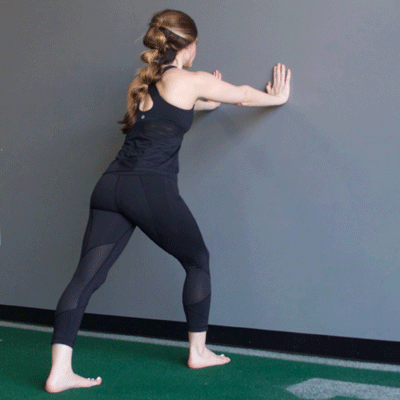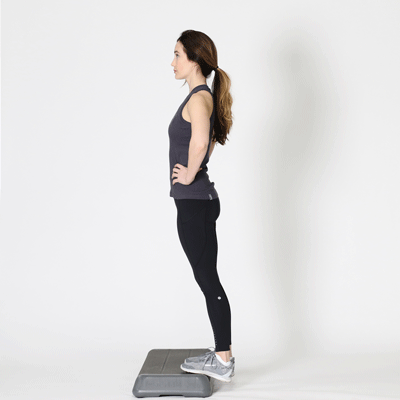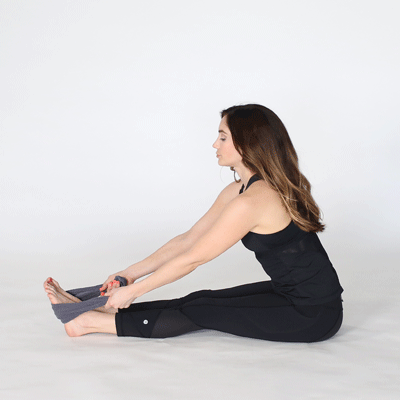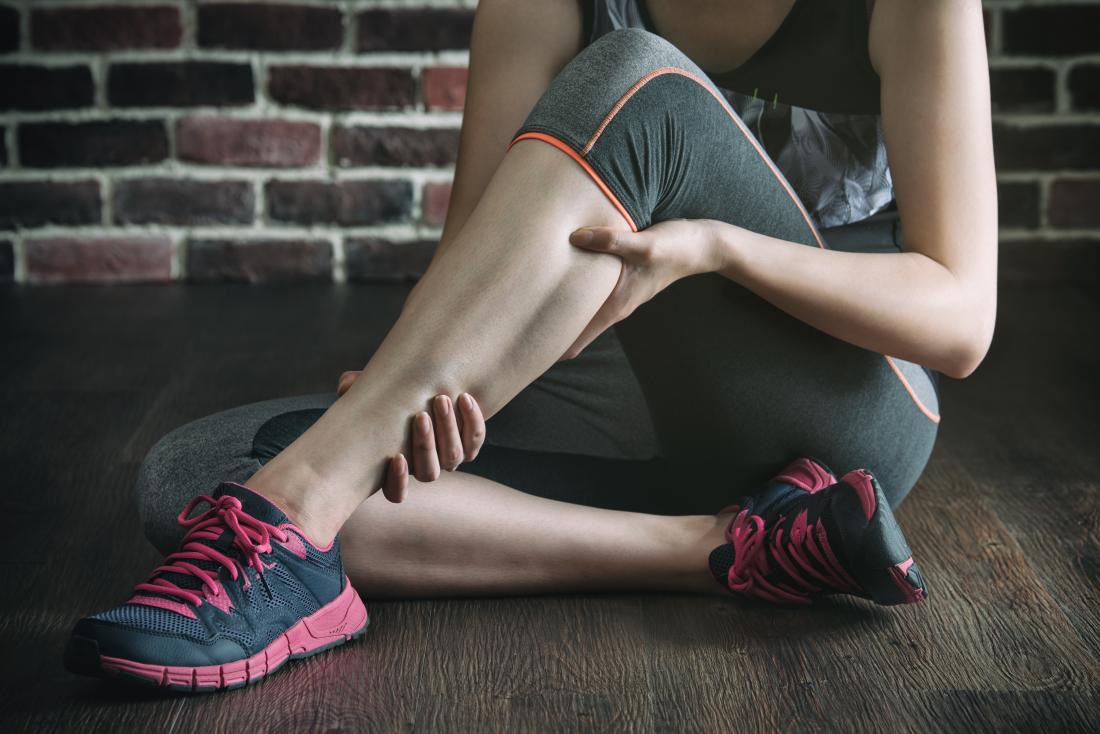Products You May Like
A person may feel pain in the:
- gastrocnemius muscle
- soleus muscle
- plantaris muscle
- Achilles tendon
A strain refers to an injured muscle or tendon. Tendons are the cords of tissue that connect muscles to bones. A strain occurs when the fibers of the muscle or tendon partially or completely tear.
In this article, we discuss the symptoms of a pulled calf muscle and explain how doctors diagnose and treat it. We also provide a list of useful stretches that people can use to aid recovery.
Symptoms
A person with a pulled calf muscle may experience muscle cramps, swelling, and redness.
The symptoms of a pulled calf muscle vary depending on the severity of the injury. Mild muscle strain can cause pain that feels similar to post-workout soreness.
A severe strain can cause intense, even debilitating, pain that can make walking difficult or impossible until the muscle heals.
Other symptoms of a strained calf muscle include:
- swelling
- redness
- muscle cramps or spasms
- decreased mobility
Causes
People may pull a muscle in their calf if they:
- do not warm up before exercising
- participate in strenuous sporting activities
- do not wear proper footwear while running
- regularly wear shoes with high heels
Diagnosis
A doctor can diagnose a pulled calf muscle by carrying out a physical examination, during which they will check for swelling, bruising, and redness. They may also ask the person to describe any recent changes to their regular physical activity routine.
Muscle injuries fall into three broad categories or “grades” based on the severity of a person’s symptoms and the extent of the muscle damage.
- Grade 1 (mild): Grade 1 injuries cause minimal muscle damage, although there may be a sharp pain at the time of the injury. This type of injury carries a low risk of long term complications.
- Grade 2 (moderate): Grade 2 injuries cause moderate muscle damage, and people with this category of muscle injury may have difficulty walking. They will often experience a sharp pain that worsens when they flex or extend their foot.
- Grade 3 (severe): A grade 3 injury is a complete tear of the muscle, and it can cause significant bruising and swelling in the calf.
Treatment
In general, someone with a pulled or strained calf muscle should rest to prevent further damage to the muscle.
A doctor may recommend additional treatments and medication depending on the severity of the injury.
The following treatments may provide symptom relief for people with a mild sprain:
- Ice and heat therapy. People can use a cold compress to reduce inflammation and relieve muscle pain during the first 2 days, when they should apply a cold compress to the calf for 20 minutes up to eight times a day. After this time, hot packs can help ease muscle soreness and stiffness.
- Wraps and bandages. Wrapping the injured calf in an elastic bandage or compression sock can help prevent swelling and inflammation.
- Elevation of the injured leg. People can rest their leg on a pillow or a rolled-up blanket or towel. Doing this will help decrease swelling.
- Over-the-counter (OTC) pain relievers. People can take a pain reliever, such as ibuprofen, to relieve pain and reduce inflammation.
Depending on the severity of the injury, a pulled calf muscle can take several weeks or months to heal. A doctor may recommend surgery to treat a severely strained or torn calf muscle.
Muscle injuries can damage nearby blood vessels, which may cause localized bleeding under the skin.
Blood cells that collect in muscle tissue can form a hematoma or a blood clot. A doctor can use a minimally invasive procedure called aspiration to treat a hematoma.
Stretches
Some activities, such as walking, running, or playing team sports, can further damage a pulled calf muscle. People should rest and avoid strenuous activity while their calf muscle heals.
However, it is possible to use gentle stretches and physical therapy to maintain mobility and stabilize the knee and ankle joints while they heal.
Helpful stretches include:
Standing wall stretch

- Stand in front of a wall and place both hands firmly against the wall at shoulder level.
- Step the unaffected leg toward the wall while keeping the injured leg straight.
- Bend the front knee so that the hips and chest move toward the wall. Gently deepen the bend to produce a light stretch in the back leg.
- Hold this position for 15–30 seconds and release.
Standing toe-raise stretch
- Find a wall, countertop, or chair to hold on to for balance.
- Place a book on the floor.
- Place the balls of the feet on top of the book and keep the heels on the floor.
- Carefully lean forward while keeping the knees straight.
- For a deeper stretch, try using a thicker book.
Standing heel-raise

- Stand facing a wall, countertop, or chair back to hold on to for balance.
- Lift the body up on the balls of the feet.
- Hold this position for 3–5 seconds and then lower the heels to the ground.
- For an extra stretch, try doing the heel raise while standing on a block or heavy book.
Foot flexion

- Sit on the floor with both legs straight in front of the body.
- Reach forward and wrap a resistance band, pair of tights, or other rolled up cloth around the feet.
- Keeping the legs straight, gently flex the foot backward while keeping the heel on the floor.
- Try to pull the toes toward the body to deepen the stretch.
- Hold the stretch for 3–5 seconds.
Recovery
Most people who have a pulled calf muscle will not need surgery. Resting the injured leg and keeping it elevated can help speed up the recovery process.
People should wait until their calf muscle heals completely before resuming their regular physical activities.
Using a muscle before it heals can result in the initial injury taking longer to heal. In some cases, it can even cause a second injury.
When to see a doctor
Without treatment, a pulled calf muscle may recur or worsen over time. Damaged muscle fibers can turn into thick scar tissue through a process called fibrosis. Scar tissue that forms between healthy muscle fibers can reduce muscle strength and flexibility.
People may wish to consider seeking medical attention for a pulled calf muscle if they:
- recently sustained another significant injury
- are having difficulty walking
- are finding at-home treatments, such as rest, applying an ice pack, or using OTC pain relievers, ineffective
Summary
A pulled calf muscle is a common injury, especially when a person does new or intense exercise.
In most cases, people can treat a pulled calf muscle at home with rest, cold and hot packs, and elevation.
If the injury is severe or pain does not improve over time, it is best to see a doctor for diagnosis and treatment.
